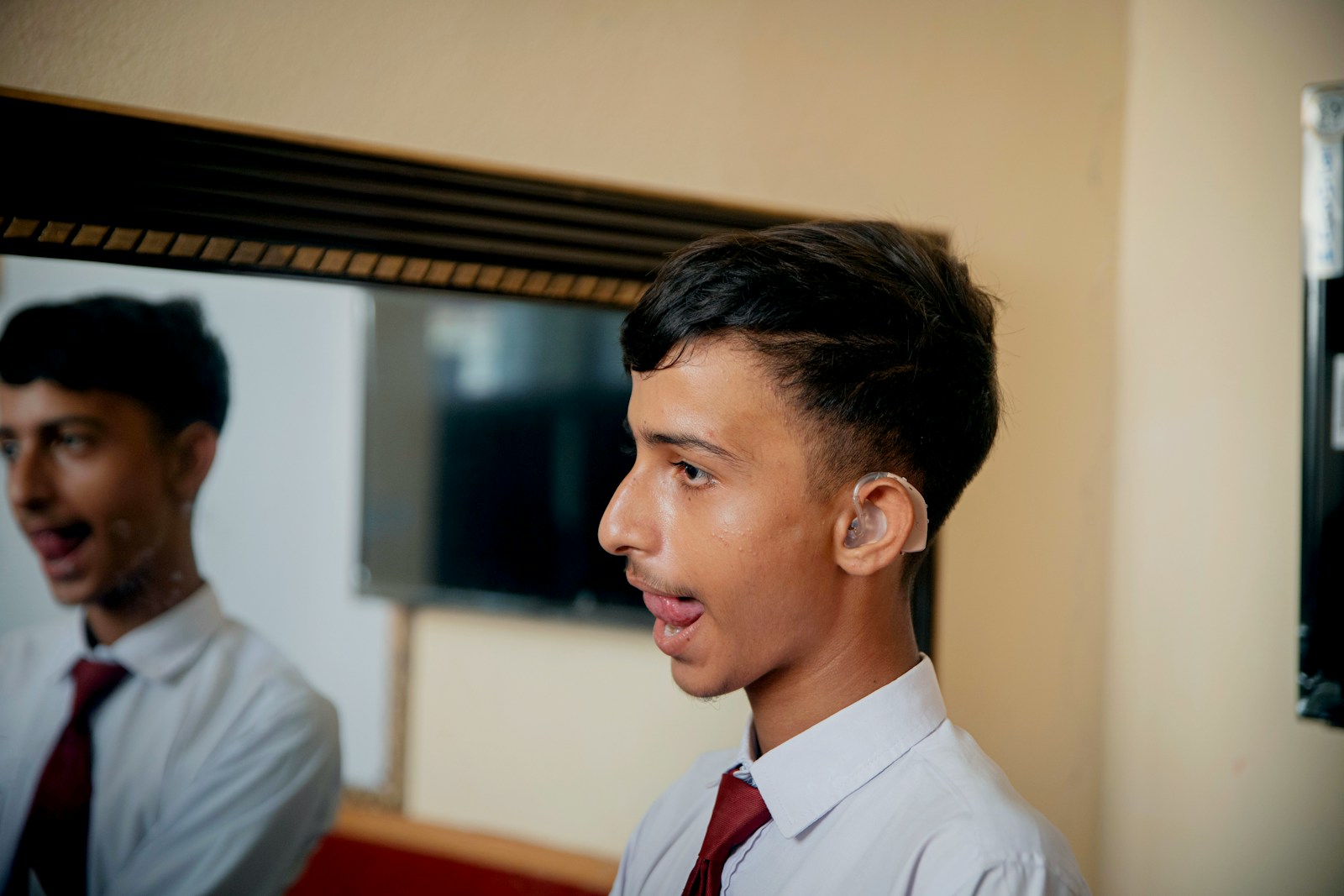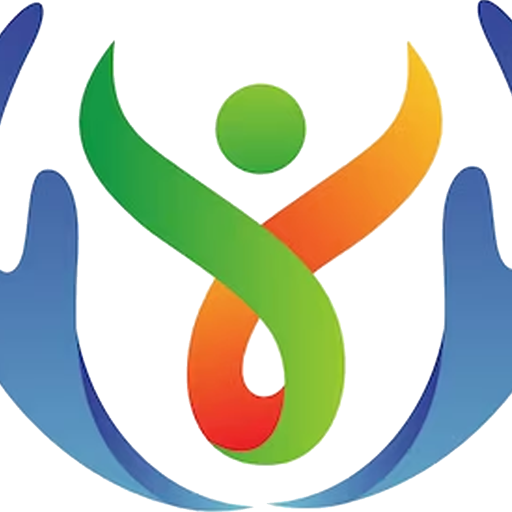Quality Education

Education is the cornerstone of personal growth, opportunity, and societal progress. Yet, for deaf individuals, accessing quality education can present unique challenges. This blog aims to shed light on the importance of providing inclusive and effective learning environments for deaf students, fostering their full potential and enriching the world around them. Understanding the Communication Barrier: Deafness is not a learning disability, but a sensory difference. The primary barrier faced by deaf individuals in education is the communication gap. Traditional classrooms heavily rely on auditory instruction, leaving deaf students struggling to grasp concepts and participate effectively.

The Power of Sign Language: Recognizing sign language as a complete and natural language is crucial. Integrating sign language into the educational setting allows deaf students to: Develop strong linguistic foundations: Sign language serves as the primary mode of communication, enabling clear comprehension and expression of ideas. Enhance cognitive development: Research suggests that exposure to sign language from a young age positively impacts cognitive skills like critical thinking and problem-solving. Foster cultural identity: Sign language connects deaf individuals to their community and heritage, fostering a sense of belonging and pride. Building Inclusive Learning Environments: Creating quality education for deaf students goes beyond simply incorporating sign language. Here are some key aspects to consider: Qualified educators: Teachers trained in sign language and deaf education methodologies are essential to deliver effective instruction and cater to the specific needs of deaf learners. Visual and accessible learning materials: Utilizing visual aids, captions, and technology can enhance understanding and cater to diverse learning styles. Individualized educational plans: Recognizing the unique needs and strengths of each student allows for personalized learning approaches that foster academic success. Collaboration with families and the deaf community: Engaging families and involving the deaf community in educational decision-making processes creates a supportive and inclusive environment. Providing quality education for deaf individuals is not just a moral imperative but also a wise investment in our collective future. By removing communication barriers and fostering inclusive learning environments, we empower deaf individuals to reach their full potential, contribute meaningfully to society, and enrich the world with their unique perspectives and talents.



